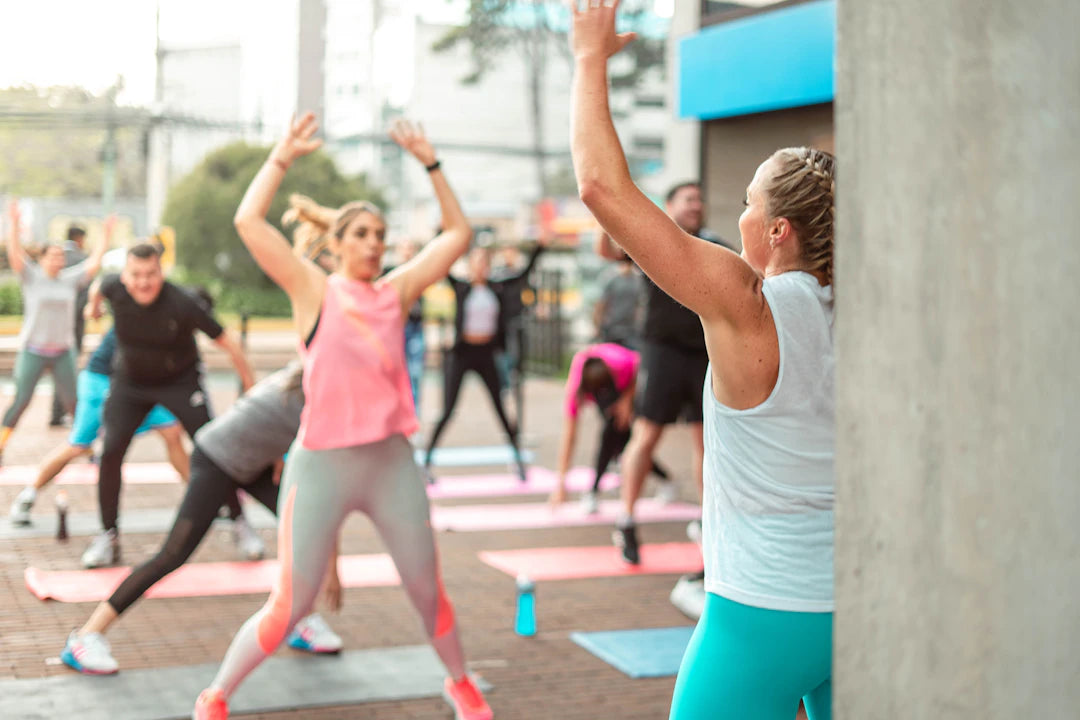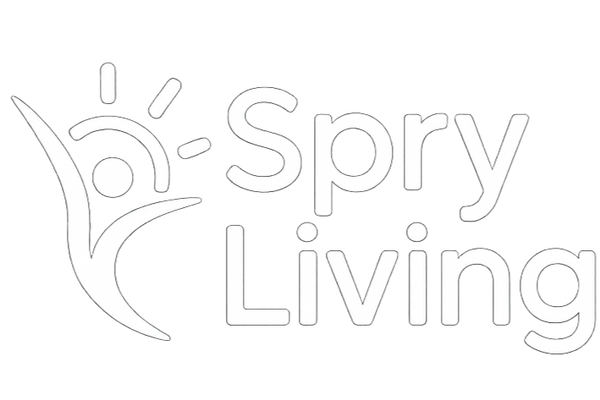
Breathing Techniques to Enhance Your Workout Journey
Share
Overview
Incorporating breathing techniques into workouts can enhance physical and mental well-being for adults over 50. Proper breathing improves oxygen supply, reduces stress, and aids in pain management, making exercises more effective. Key strategies include finding your breath, synchronizing breathing with movement during strength training, and focusing on breath during balance exercises. Overcoming common challenges like joint pain and motivation struggles can be achieved through mindful breathing. Create a personalized workout plan by setting a schedule, mixing exercises, and monitoring progress to embrace a healthier lifestyle.
Frequently Asked Questions
1. Why is maintaining an active lifestyle important as we age?
2. How can breathing techniques enhance workouts for older adults?
3. What is the first step in incorporating breathing techniques into workouts?
4. What should I focus on when performing strength training exercises?
5. What strategies can help overcome motivation struggles in workouts?
As we age, maintaining an active lifestyle becomes increasingly important for our physical and mental well-being. Many of us face challenges like joint pain, balance issues, or motivation struggles. However, incorporating breathing techniques into your workout routine can significantly improve your experience, making your sessions more effective and enjoyable. Here, we will explore various strategies for integrating these techniques into your joint-friendly workouts.
Understanding the Power of Breath
Breathing is a natural, involuntary action we often take for granted. Yet, the way we breathe can impact not only our physical health but also our mental state. For adults aged 50 and above, mastering simple breathing techniques can enhance your workouts, reduce stiffness, and promote relaxation. Let’s look at what you need to know.
The Benefits of Proper Breathing
- Improves Oxygen Supply: Deep breathing increases the oxygen available to your muscles, helping you perform exercises more efficiently.
- Reduces Stress: Focusing on your breath can lower stress levels and promote a sense of calm, crucial when dealing with motivation challenges.
- Enhances Focus: Good breathing helps improve concentration, ensuring you’re more aware during your workouts.
- Aids in Pain Management: Mindful breathing can help distract from pain, making your joint-friendly workouts more manageable.
Incorporating Breathing Techniques into Your Workout Routine
Now that we understand the benefits, let’s dive into how to effectively integrate breathing techniques into your exercise routine. Remember, it’s about consistency and practice, so take your time.
1. Find Your Breath
Before you start your joint-friendly workouts, take a moment to connect with your breath:
- **Sit or Stand Comfortably:** Find a comfortable position either sitting down or standing. Ensure your back is straight.
- **Close Your Eyes:** This can help minimize distractions. Focus your mind on the act of breathing.
- **Inhale Deeply:** Breathe in through your nose deeply, allowing your abdomen to expand. Count to 4 as you inhale.
- **Exhale Slowly:** Release the breath slowly through your mouth for a count of 6. This extended exhalation helps to relax your body.
Repeat this cycle several times before starting any exercise to set a calm and focused mindset.
2. Breathing Awaits During Strength Training
The right breathing technique is crucial during strength training exercises to ensure you receive the necessary oxygen for your muscles. Here’s a simple guideline:
- **Inhale During Preparation:** As you prepare to lift a weight or begin your exercise, take a deep breath in. This provides your body with strength.
- **Exhale During Exertion:** As you push, lift, or exert force, breathe out. This synchronizes your breathing with the movement, increasing efficiency.
For example, if you're doing a gentle squat or a resistance band exercise, remember to inhale as you lower and exhale as you rise. This technique creates rhythm and assists balance, reducing the risk of strain.
3. Incorporating Breath with Balance Exercises
Many older adults struggle with balance. Integrating breathing techniques into balance exercises can provide extra stability:
- **Focus on Each Breath:** As you stand on one foot, concentrate on your breathing. Inhale deeply and exhale slowly to help ground yourself.
- **Take Your Time:** Movement should be slow and deliberate. This pace allows for steady breathing, reducing anxiety and enhancing balance.
For instance, while performing a simple tree pose, make sure to control your breath. It may help to find a fixed point in front of you to maintain focus.
Overcoming Common Challenges
As an adult aged fifty or older, you may encounter various challenges in your joint-friendly workouts. Here are some typical issues and how to approach them using breathing techniques:
Joint Pain and Discomfort
Dealing with joint pain can lead many to shy away from exercise. However, proper breathing can help:
- **Use Breath to Manage Pain:** During moments of discomfort, focus on a deep inhalation followed by a relaxing exhale. Visualize the tension releasing as you breathe out.
- **Gentle Movements:** Incorporate low-impact exercises, such as walking or chair yoga, coupled with rhythmic breathing to protect your joints.
Motivation Struggles
Staying motivated can be quite a challenge. Focused breathing can help reignite your enthusiasm:
- **Breath Awareness:** Before each workout, take a few minutes to practice mindful breathing. This can create a mental shift, boosting motivation to get started.
- **Set Small Goals:** Break your workout down into manageable tasks, rewarding yourself with a deep breathing session after completing each to reinforce positive feelings.
Creating a Breath-Focused Workout Plan
To maintain consistent exercise habits and allow breathing techniques to enhance your joint-friendly workouts, consider the following steps to create your personalized workout plan:
1. Set a Schedule
Decide on a regular time to exercise, aiming for at least 30 minutes most days. Consistency is key! Choose a time that feels good for you, so it doesn’t feel like a chore.
2. Mix it Up
Choose a variety of exercises that include both strength training and balance workouts. Incorporate these gently as you develop your breathing techniques:
- **Walking:** Simple yet effective, combine deep breaths while strolling in your neighborhood.
- **Yoga or Tai Chi:** These low-impact classes often emphasize breathing and provide stability.
- **Resistance Exercises:** Utilize light weights or resistance bands, remembering to synchronize your breath with your movements.
3. Monitor Your Progress
As you continue, take note of how you feel during your joint-friendly workouts. Documenting your experience can keep you motivated and help you adjust your routines as needed.
Embracing a Healthy Lifestyle
The journey doesn’t stop with just exercise. Breathing techniques can be complemented by healthy lifestyle habits:
- **Nutritious Eating:** Focus on a well-balanced diet rich in fruits, vegetables, whole grains, and lean proteins to fuel your workouts.
- **Stay Hydrated:** Drinking plenty of water is crucial, especially during exercise. Proper hydration enhances breath and performance.
- **Quality Sleep:** Aiming for 7-9 hours of restful sleep per night will support your body in recovery and encourage a consistent workout routine.
Feeling connected between your practices, breath, nutrition, and sleep will create a harmonious balance in your life, further enhancing your physical capability and well-being.
Your Journey with Breath and Movement
Integrating breathing techniques into your joint-friendly workouts can transform how you experience exercise at any age. Remember to take it slow, listen to your body, and embrace the journey. As you discover the harmony between breath and movement, enjoy the benefits of improved strength, balance, and overall vitality. Celebrate every small success, because every breath counts!
